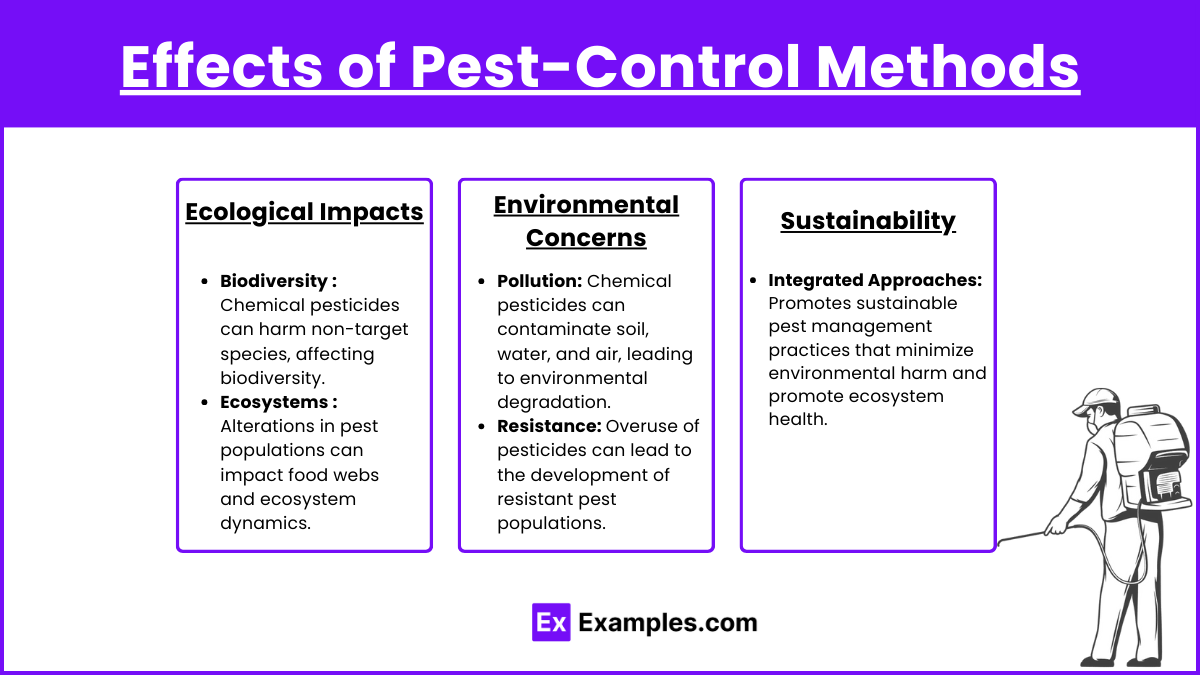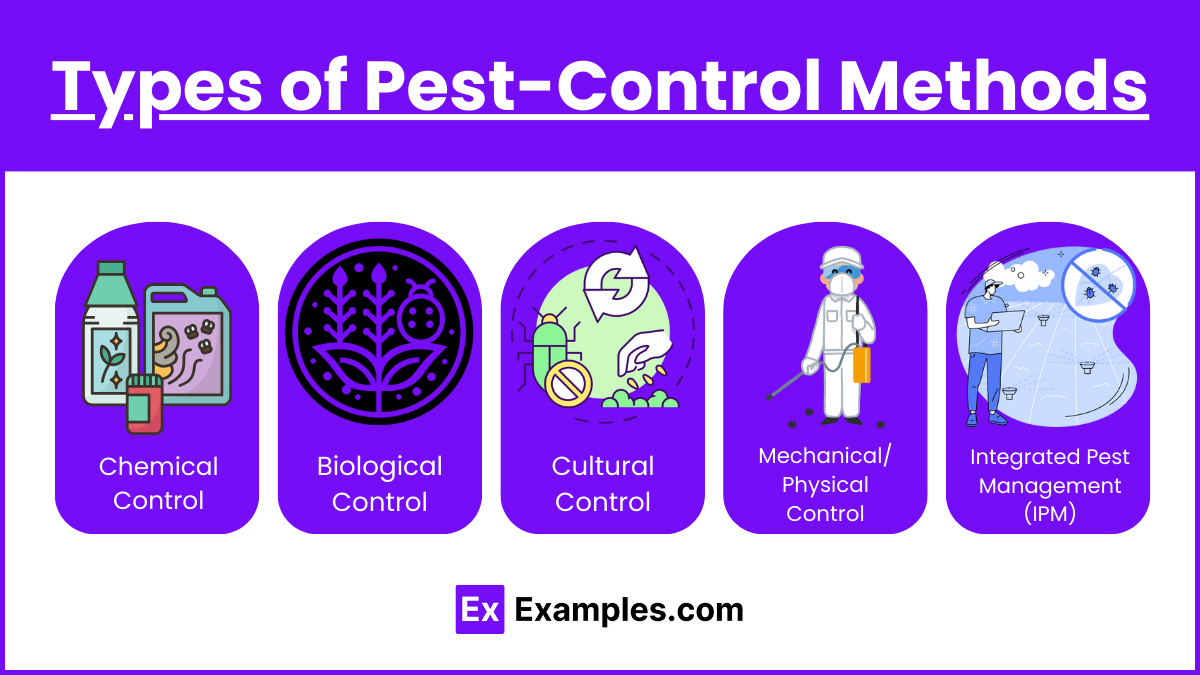Facts About Pestwise Uncovered
Table of ContentsThe 45-Second Trick For PestwisePestwise Can Be Fun For AnyoneSome Ideas on Pestwise You Need To KnowPestwise for BeginnersExamine This Report on PestwiseThe Only Guide to PestwiseThe 10-Second Trick For Pestwise

Q. Specify "integrated pest monitoring" (IPM) and listing a number of feasible control techniques that may be used in an IPM technique. A. Integrated pest administration is the integrating of appropriate parasite control methods into a solitary strategy to minimize bugs and their damage to an appropriate degree. Bug control techniques may consist of: host resistance, biological control, social control, mechanical control, cleanliness, and chemical (chemical) control.
About Pestwise
What can you do to maintain the bugs you are trying to manage from becoming immune to the pesticides you make use of? A. Insect resistance can be reduced by using integrated parasite management and rotating the sorts of pesticides utilized.
Bugs are a critical danger to the farming business, and integrated bug management aids cultivators address and mitigate these risks. Integrated insect management uses numerous methods in complex, therefore being a much more effective remedy to the concern. Mosquito Control. Specifically, removing hostile chemical techniques allows for reducing injury to individuals and the setting by utilizing natural and more secure choices instead
10 Easy Facts About Pestwise Explained
The goal of incorporated pest management is to minimize this damage and control acceptable infestation levels instead than eradicate all undesired populaces. This is why it is essential to recognize what actions are justified in each situation and use aggressive ones only when other incorporated management techniques do not work. Integrated management alleviates the unfavorable consequences of a non-IPM approach, and the main advantages of IPM Perks of IPM.
An appropriate understanding of the infestation scope figures out if the issue needs to be addressed. are the following elements of an IPM program due to the fact that it is essential to realize if the organisms make prospective risks and choose the incorporated administration options or the particular pesticide use. mean to decrease infestations by using various agronomic methods.
The Only Guide for Pestwise
Integrated management choices in an IPM program begin with much safer to more aggressive ones. The above-mentioned integrated management facets aid recognize exactly how to prepare and carry out an IPM program step by step: Display your crops frequently.

Amongst others, IPM cultural approaches include the adhering to field administration strategies: soil therapy; selection of ideal plants; crop rotation; interplanting or strip chopping; option of growing dates; weed control; use of catch plants. Desirable soil problems speed up plant development, and vigorous plants are more resistant to infestations. Healthy and balanced seed startings and seeds predetermine effective plant development, so it is vital to choose pest-free growing product with strong roots.
Therefore, to name a few applications, crop rotation can be properly used as an incorporated pest administration approach. Pests spread slower if rows of different plant kinds divide their host plants in intercropping or strip cropping, which is also utilized in the incorporated parasite administration system. On the other hand, problems increase when plants of the same crop type or household expand with each other.
, as well as tomatoes. Growing catch plants in spots is one more choice for IPM intercropping. This integrated insect management method recommends drawing in bugs to certain plants and then regulating them with chemical or mechanical strategies.
Little Known Facts About Pestwise.
Obstacles are case in points of physical IPM methods. Let's take a closer consider them. Getting rid of or picking parasites out manually is a time and labor-consuming option that is commonly used in integrated monitoring and chemical-free farming. Fully grown bugs or their eggs and larvae are collected by hand and destroyed.

Division of Plant Sciences. This integrated Read Full Article administration approach implies a typical method of damaging pests by predators, parasitoids, virus, and other biological control agents (aka hostile microorganisms). The duty of organic control in IPM is to.
What Does Pestwise Do?
With time, their population ended up being a real problem to farmers together with indigenous kangaroos or dingoes. The walking stick toad is one more situation illustrating integrated organic control failing in this regard when it declined to search the target species and became a pest itself. Parasitoids create on or within their hosts to at some point kill them after developing.